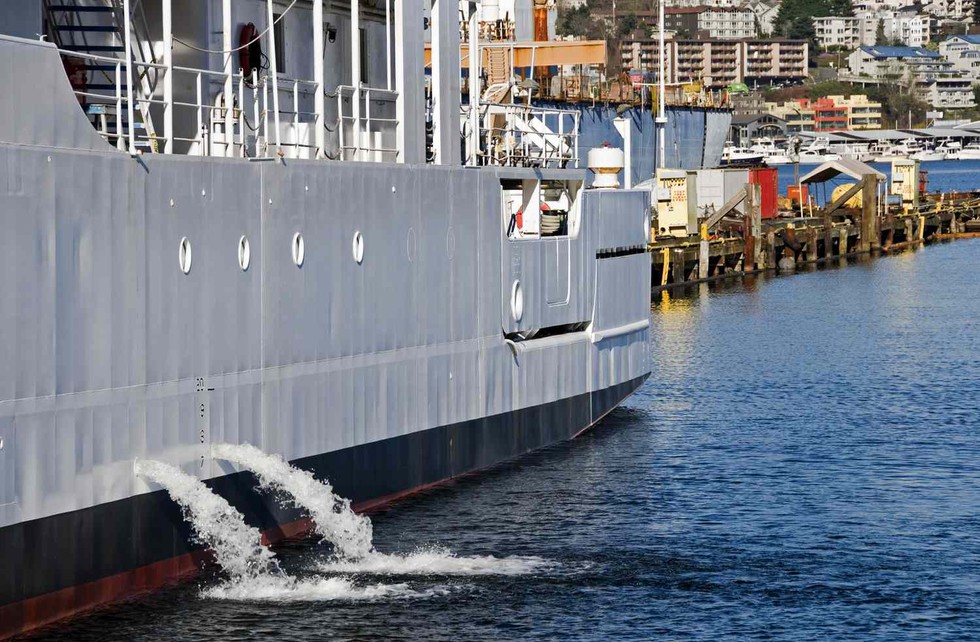About Ballast Water:
- It is fresh or saltwater held in the ballast tanks and cargo holds of ships.
- It is used to provide stability and maneuverability during a voyage when ships are not carrying cargo, not carrying heavy enough cargo, or when more stability is required due to rough seas.
- It may also be used to add weight so that a ship sinks low enough in the water to pass under bridges and other structures.
- Usually, ballast water is pumped into ballast tanks when a ship has delivered cargo to a port and is departing with less cargo or no cargo.
- It is then transported and released at the next port-of-call, where the ship picks up more cargo.
- If a ship is receiving or delivering cargo to a number of ports, it may release or take on a portion of ballast water at each port.
- In such cases, the ship’s ballast water contains a mix of water from multiple ports.
- The release of ballast water may introduce non-native organisms into the port of discharge.
- These introduced species, or bio invaders, are also referred to as exotic species, alien species, and nonindigenous species.
International Convention for the Control and Management of Ships' Ballast Water and Sediments (BWM Convention):
- It was adopted in 2004 and entered into force on 8 September 2017.
- Objective: To introduce global regulations to control the transfer of potentially invasive species.
- Under the Convention, all ships in international traffic are required to manage their ballast water and sediments to a certain standard, according to a ship-specific ballast water management plan.
- All ships have to carry a ballast water record book and an international ballast water management certificate.
